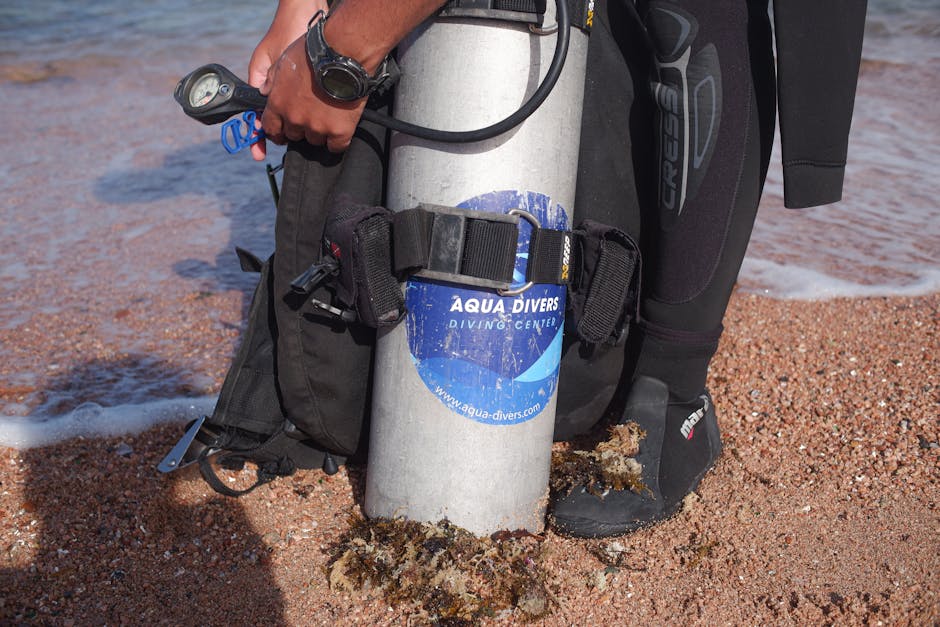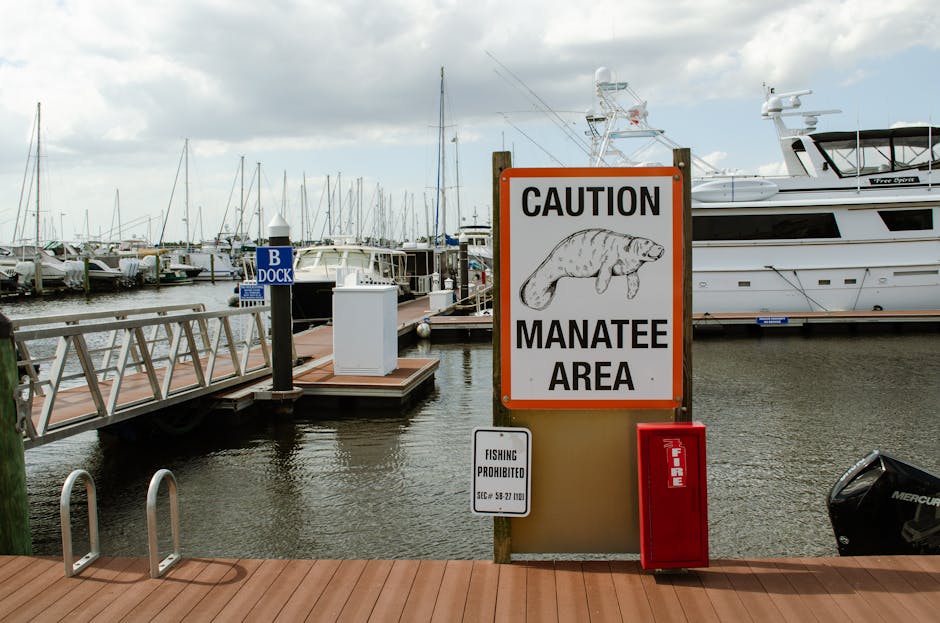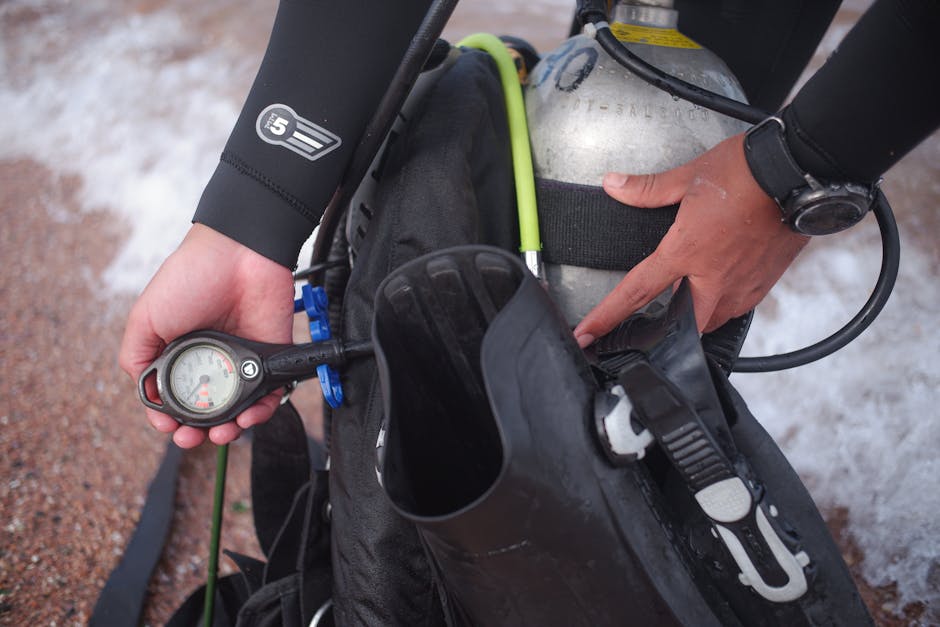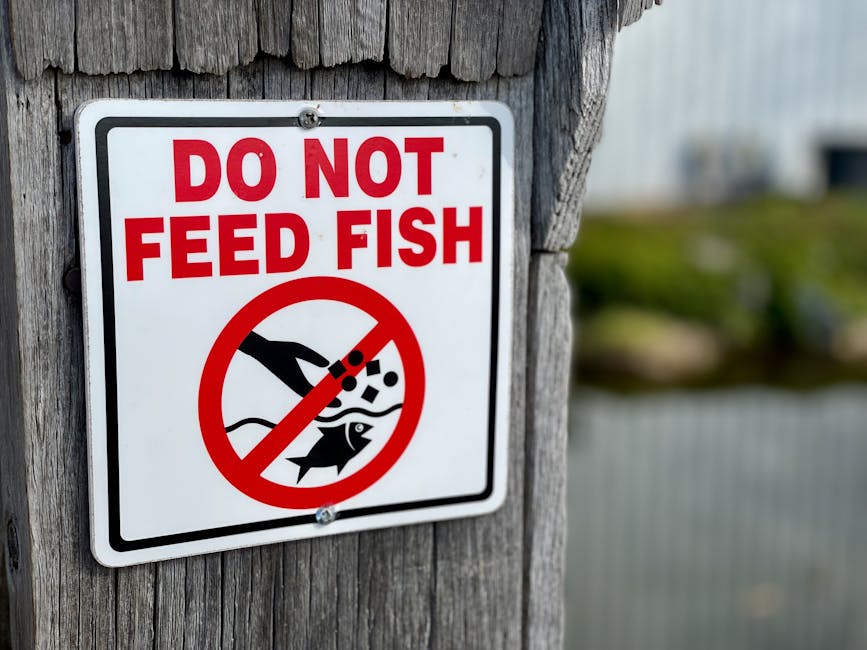Water Safety Regulations: What You Should Know
Did you know that drowning is one of the leading causes of accidental deaths worldwide? According to the World Health Organization, over 320,000 people drown each year. With such alarming numbers, understanding water safety regulations is crucial. These rules not only protect us but also ensure safe and enjoyable experiences around water.
What Are Water Safety Regulations?

Water safety regulations are rules designed to keep people safe in and around water. They cover various areas, including swimming pools, lakes, rivers, and oceans. These regulations help to prevent accidents and injuries. They are enforced by local governments and organizations.
For example, many cities require public pools to have lifeguards on duty. This rule ensures that someone is trained and ready to help in case of an emergency. Without such regulations, many more accidents could occur.
Why Are Water Safety Regulations Important?

Water safety regulations are essential for several reasons:
- Preventing Drownings: Regulations help reduce the risk of drowning by setting safety standards.
- Ensuring Proper Training: Many regulations require lifeguards and staff to undergo training. This guarantees that they can respond effectively in emergencies.
- Promoting Safe Practices: Rules encourage safe swimming behaviors, such as not diving into shallow water.
When everyone follows these regulations, we can create a safer environment for recreational activities.
What Types of Water Safety Regulations Exist?

Water safety regulations can be divided into several categories. Lets take a closer look at the common types.
Swimming Pool Regulations
Swimming pools often have specific regulations. These rules can vary by location but generally include:
- Fencing: Most public pools must be fenced to prevent unsupervised access.
- Lifeguard Requirements: Many public pools require certified lifeguards on duty during operating hours.
- Emergency Equipment: Pools must have life rings, backboards, and first aid kits readily available.
For example, if you visit a local pool, youll likely see a fence and lifeguards. These regulations help keep kids and adults safe while enjoying the water.
Open Water Regulations
Open water areas like lakes and oceans have their own set of rules. These include:
- Buoys and Markers: These are placed to indicate safe swimming zones and potential hazards.
- Boating Regulations: Boaters must wear life jackets and follow speed limits to prevent accidents.
- Swimming Areas: Designated areas for swimming help reduce risks from boat traffic.
When you see buoys marking a swimming area, it’s not just for decoration. it’s a safety measure to keep swimmers away from fast-moving boats.
Watercraft Regulations
If you enjoy kayaking or paddleboarding, there are regulations for those activities, too:
- Personal Flotation Devices (PFDs): Most states require PFDs for all watercraft users.
- Safety Equipment: Watercraft must carry necessary safety gear, like whistles and lights.
- Age Restrictions: Some areas have age limits for operating certain watercraft.
For instance, if you’re kayaking on a river, make sure everyone has a life jacket. it’s not just a good idea; it’s often a rule.
How Are Water Safety Regulations Enforced?

Enforcement of water safety regulations can vary. Local authorities, such as parks and recreation departments, often oversee enforcement. In some cases, police or coast guard agencies enforce regulations on larger bodies of water.
Inspections may occur to ensure compliance. Pools, for example, might get checked for proper fencing and lifeguard presence. Non-compliance can lead to fines or even closure of facilities.
Common Misconceptions About Water Safety Regulations
There are many myths surrounding water safety regulations. Lets clear up a few common misconceptions:
Do Lifeguards Eliminate All Risks?
No, lifeguards do not eliminate all risks. They are trained to respond quickly and effectively. However, swimmers must also take responsibility for their safety.
Are All Swimming Pools Required to Have Lifeguards?
Not all pools need lifeguards. Some private pools or smaller facilities may not have this requirement. it’s essential to check local regulations.
How to Stay Informed About Local Water Safety Regulations
Staying informed about water safety regulations is vital. Here are some practical steps:
- Check Local Websites: City or county websites often have sections dedicated to parks and recreation.
- Follow Safety Organizations: Websites like the American Red Cross provide valuable information about water safety.
- Attend Community Meetings: Local community meetings can offer updates on regulations and safety measures.
For a deeper dive into safety regulations, you can visit the American Red Cross Water Safety page.
What Are Your Responsibilities as a Water User?
When enjoying water activities, you have responsibilities. Heres what you can do:
- Know the Rules: Familiarize yourself with the regulations specific to the location you’re visiting.
- Practice Safe Swimming: Always swim with a buddy and avoid alcohol when in the water.
- Supervise Children: Never leave children unattended near water.
By following these responsibilities, you contribute to a safer environment for everyone.
Conclusion: Your Takeaway on Water Safety Regulations
Water safety regulations play a crucial role in protecting us while we enjoy water activities. From pools to open water, these rules are designed with our safety in mind. Understanding and following them can make a big difference.
Remember to stay informed, respect the rules, and watch out for one another. By doing so, we can all enjoy the fun and relaxation that water brings while ensuring everyone stays safe.
For more information on staying safe around water, don’t hesitate to reach out to local safety organizations or community resources.


